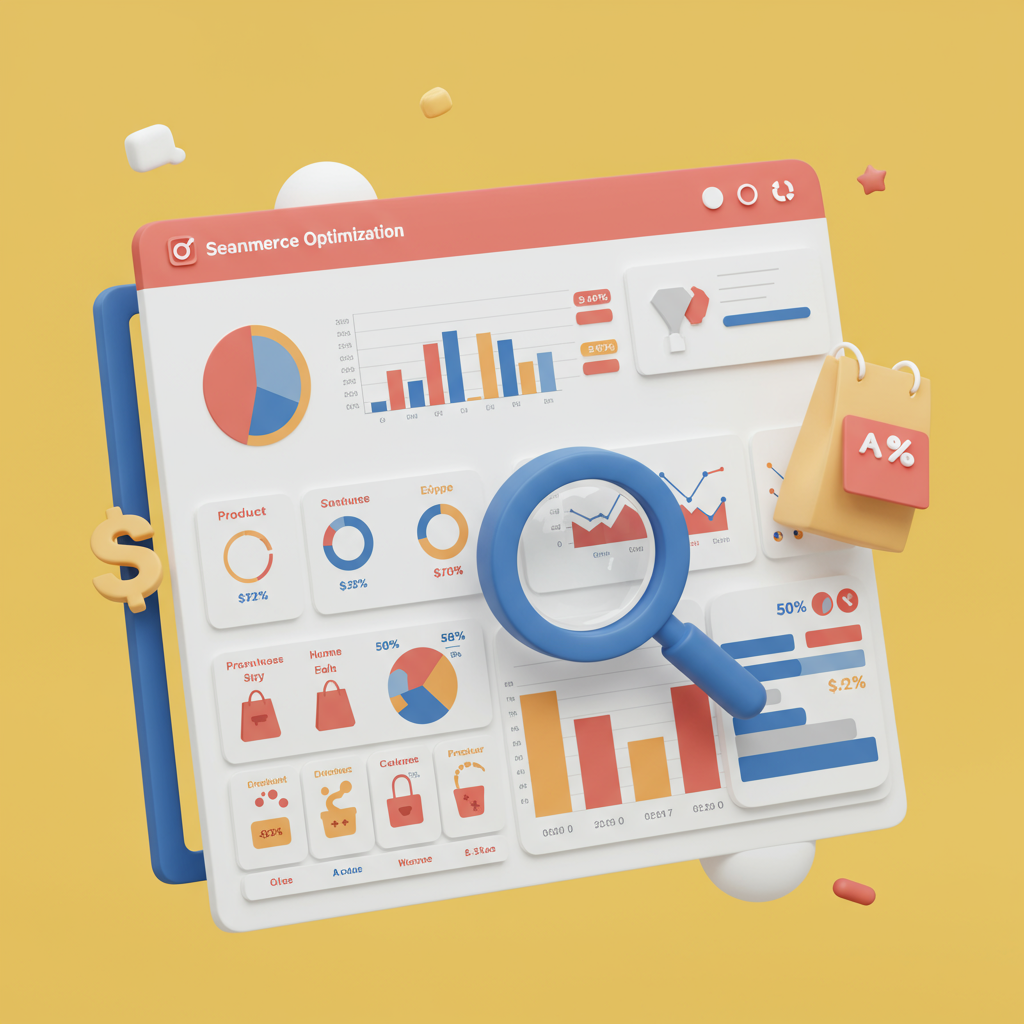Mastering Search Visibility and Driving Organic Sales for Your E-commerce Store
Welcome, fellow Shopify merchants! As we navigate the dynamic landscape of e-commerce in 2026, one truth remains constant: visibility is paramount.
Without a strong presence in search engine results, even the most incredible products can go unnoticed.
That’s precisely why I’ve meticulously crafted this comprehensive Shopify SEO checklist for you.
My goal is to empower you with the knowledge and actionable steps needed to not just compete, but to truly dominate your niche in the coming years.
We’ll delve into every critical aspect, from foundational keyword research to advanced technical optimizations and the evolving role of AI.
Let’s begin by understanding the bedrock of all SEO: Keyword Research.
In 2026, it’s no longer just about finding popular terms; it’s about understanding user intent.
I always start by putting myself in the customer’s shoes: What are they searching for? What problems are they trying to solve?
Focus on long-tail keywords and conversational queries, as voice search and AI-driven assistants become more prevalent.
I recommend leveraging tools like Ahrefs, Semrush, or even Google’s Keyword Planner to uncover high-volume, low-competition terms relevant to your products.
Don’t forget to analyze your competitors’ top-ranking keywords; they often reveal untapped opportunities.
Next, let’s talk On-Page SEO – this is where you optimize the content directly on your Shopify store.
For product pages, ensure your product titles are compelling, keyword-rich, and accurately describe the item.
I always advise writing unique, detailed product descriptions that not only inform but also persuade and include your target keywords naturally.
Remember to optimize your image alt text with descriptive keywords; this helps search engines understand your images and improves accessibility.
For collection pages, craft unique meta titles and descriptions that entice clicks from the search results.
Your blog posts are goldmines for targeting informational keywords and establishing your brand as an authority.
Structure your content with clear H1, H2, and H3 headings for readability and SEO benefit.
Now, let’s move to Technical SEO, the often-overlooked backbone of a high-ranking store.
Site speed is absolutely critical; slow loading times lead to high bounce rates and lower rankings.
I regularly check my Core Web Vitals in Google Search Console to ensure optimal performance.
Confirm your Shopify store is fully mobile-responsive; a significant portion of traffic comes from mobile devices.
Always submit your sitemap to Google Search Console and ensure it’s up-to-date.
Implement structured data (Schema markup) for rich snippets, which can make your listings stand out in search results.
Regularly check for and fix any broken links on your site; they hurt user experience and SEO.
Ensure your site uses HTTPS; it’s a fundamental security measure and a ranking signal.
Content Marketing is your strategy for providing value beyond just selling products.
Blogging helps you rank for non-commercial terms, attracting users earlier in their buying journey.
Consider incorporating video content; it’s highly engaging and ranks well on platforms like YouTube, which is owned by Google.
User-generated content, such as customer reviews and testimonials, builds immense trust and provides fresh, relevant content.
Focus on E-A-T (Expertise, Authoritativeness, Trustworthiness) in all your content creation.
Off-Page SEO involves activities outside your website that influence your rankings.
Building high-quality backlinks from reputable websites remains a crucial ranking factor.
I focus on strategic outreach to relevant industry blogs, publications, and influencers.
While not direct ranking factors, strong social media signals can drive traffic and brand awareness, indirectly boosting SEO.
If you have a physical presence, optimizing for local SEO with Google Business Profile is essential.
User Experience (UX) is increasingly intertwined with SEO; Google prioritizes sites that offer a great experience.
Ensure your Shopify store has intuitive navigation and a clear, logical site structure.
A robust internal search function is vital for larger stores, helping users find what they need quickly.
Minimize intrusive pop-ups and ensure your site is easy to use on all devices.
Finally, Analytics & Monitoring are non-negotiable for continuous improvement.
Regularly review your performance in Google Analytics 4 to understand user behavior and traffic sources.
Monitor your keyword rankings and organic traffic trends to gauge the effectiveness of your efforts.
Use Google Search Console to identify crawl errors, manual actions, and search performance data.
I recommend conducting a full SEO audit of your Shopify store at least quarterly.
Looking specifically at 2026, AI is transforming how we approach SEO.
Leverage AI tools for content ideation, keyword clustering, and even drafting initial content (always with human oversight and refinement).
Understand that AI-powered search results and generative AI in search will continue to evolve, so staying adaptable is key.
SEO is an ongoing journey, not a one-time destination.
Algorithm changes happen, and staying updated with industry news is part of the game.
Consistency, patience, and a data-driven approach are your best allies for long-term success.
I truly hope this comprehensive checklist empowers you to elevate your Shopify store’s visibility and drive significant organic sales.
What do you think about this article? Did I miss anything crucial for 2026 that you’ve found impactful?
Now, go forth and implement these strategies; your future customers are searching for you!






